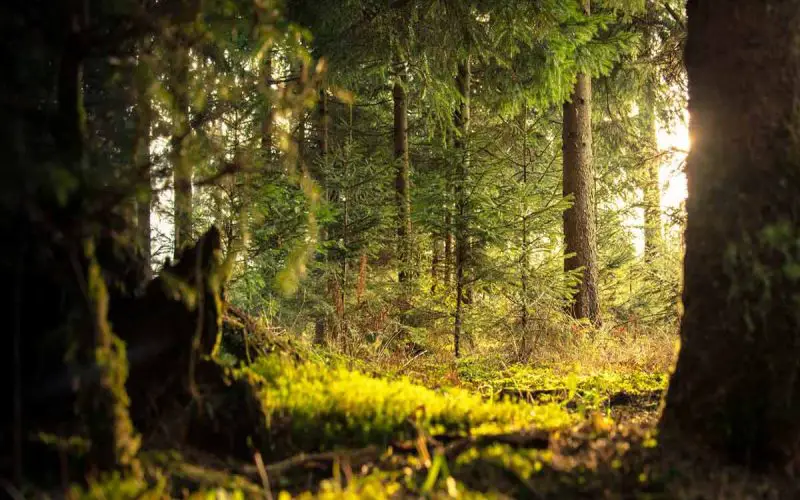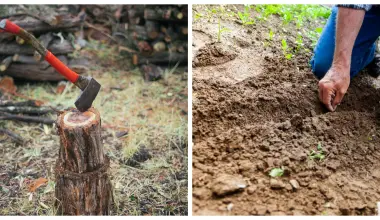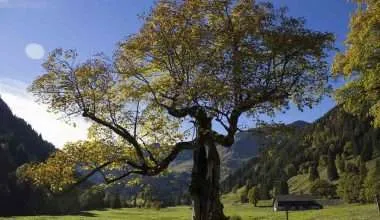Table of Contents Show
Forests are very important in today’s world. You would be surprised to know that majority of the things we regularly use in our homes come (either directly or indirectly) from forests. As forest-made products are traded globally, the products can be from a forest far away from you.
Forests play a very important role in our daily lives. They are essential for the survival of humans and also enhance welfare as they absorb the harmful gasses and provide oxygen for us to breathe.
Types of Forest Products
Forest products can be divided into 2 types of Timber and Non-Timber products.
However, we have classified forest products into Food products, Wood and Timber products as well as other forest products like Medicinal supplements.
Forests also provide shelter, food, livelihood, water and security. Down below are various products derived from forests.
Food Products from the Forests
Since ancient times, forests have been used as a major food source. Over the years, the dependence of food from forests has grown a lot.
The rate at which the forests are being used is very high as compared to the rate at which trees are being planted. Hence, the experts are encouraging farmers to employ agroforestry methods which are beneficial in terms of both; agriculture and forestry.
Some of the food products derived from forests, either directly or indirectly, have been mentioned below.
1. Honey
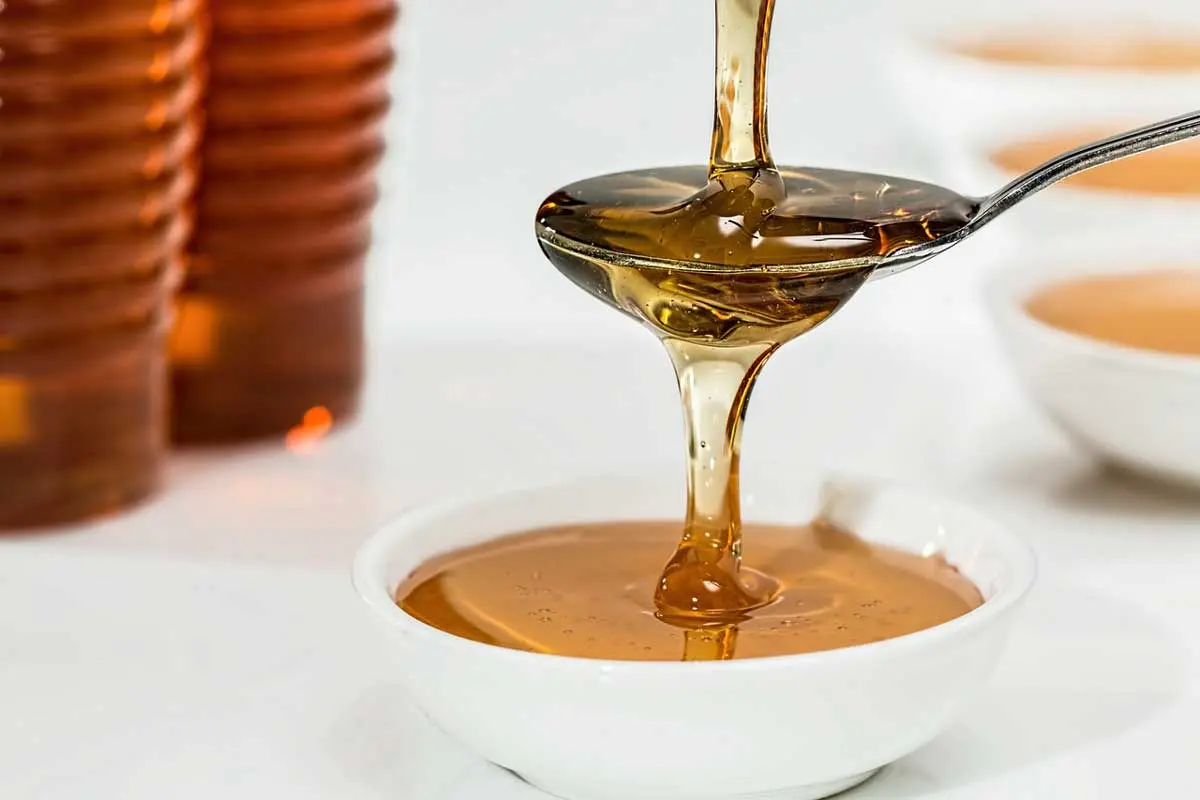
Honey is a major food product sourced from forests. The communities which live next to the forest are the big sellers of honey.
Then companies source that honey from them and get it to us! A great example would be this bottle of honey I love to use!
Many governments give permission to villagers and communities to carry out commercial honey farming on nearby forests as long as they do not harm the forest. This improves the local economy and complete satisfaction of the customer.
2. Wild meat
It is very common for the communities living next to the forest to feed on wild meat. Many hunters kill wild animals and offer the communities to have the share of the meat.
In many countries, the hunting sport has been regulated or outright banned, but in some locations hunting wild animals as a sport is still allowed.
Some hotels located in the forests are allowed to sell wild meat for consumption purposes.
3. Fruits
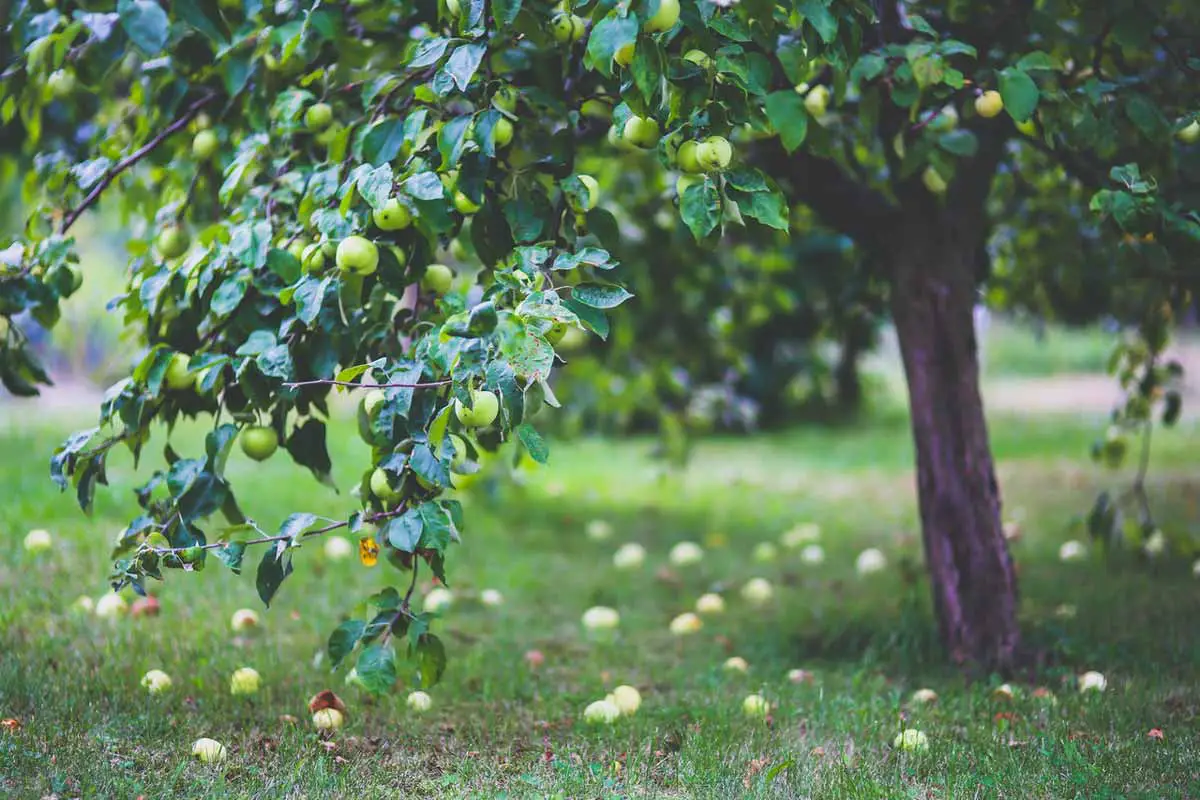
Forests are also known to be a major source of fruits. Fruits such as orange, mango, guavas, pears, and jackfruit grow commonly in the forests.
The naturally grown native fruits grown in forests vary as they all have different weather conditions. Melons and bananas can also be found in forests at times.
Forests also contain wild fruits such as Piper Guineense, Canarium Edulis, and Irvingia gabonensis (wild mango).
4. Mushroom
Mushrooms are usually grown commercially, but mushrooms are also harvested from forests in large quantities.
The United States is a major player in supplying mushrooms all over the world.
5. Palm wine
The palm wine has a very short shelf life which makes it very difficult to be commercially available around the globe.
Communities which live near to palm trees have high demand for palm wine. It is also a traditional drink among many communities.
Many communities won’t hold their social gatherings unless there’s palm wine available!
6. Palm oil
Palm oil production is very common. Its the main economic activity for communities living around palm trees.
Although these trees are grown by the farmers, the communities also share the oil produce extracted from the palm forests.
7. Cola nuts
Cola nuts is a high quality product commonly sourced from forests. It is imperative as it is allowed to Muslims among only a few stimulants. Cola nuts are seen as a sign of friendship and peace in many areas.
Wood and Timber products
Timber is one of the main products sourced from forests among many other products. Timber (or lumber) is basically a type of wood that has been processed into beams and planks.
Due to the usage of timber in furniture and real-estate industries, the demand for timber has raised a lot. High strength and durability is a major reason for high lumber demand.
Due to high demand, lumber industry is considered to be a major factor for deforestation in most of the uncontrolled forests. It attracts illegal logging. Lumber which is sourced from outside North America’s rainforests is known as exotic lumber.
However, the regional supply of timber is less which has encouraged global trade for timber.
However, one thing to note is that obtaining these food products should be through sustainable practices. In case a tree is cut down, another few should be planted in its place.
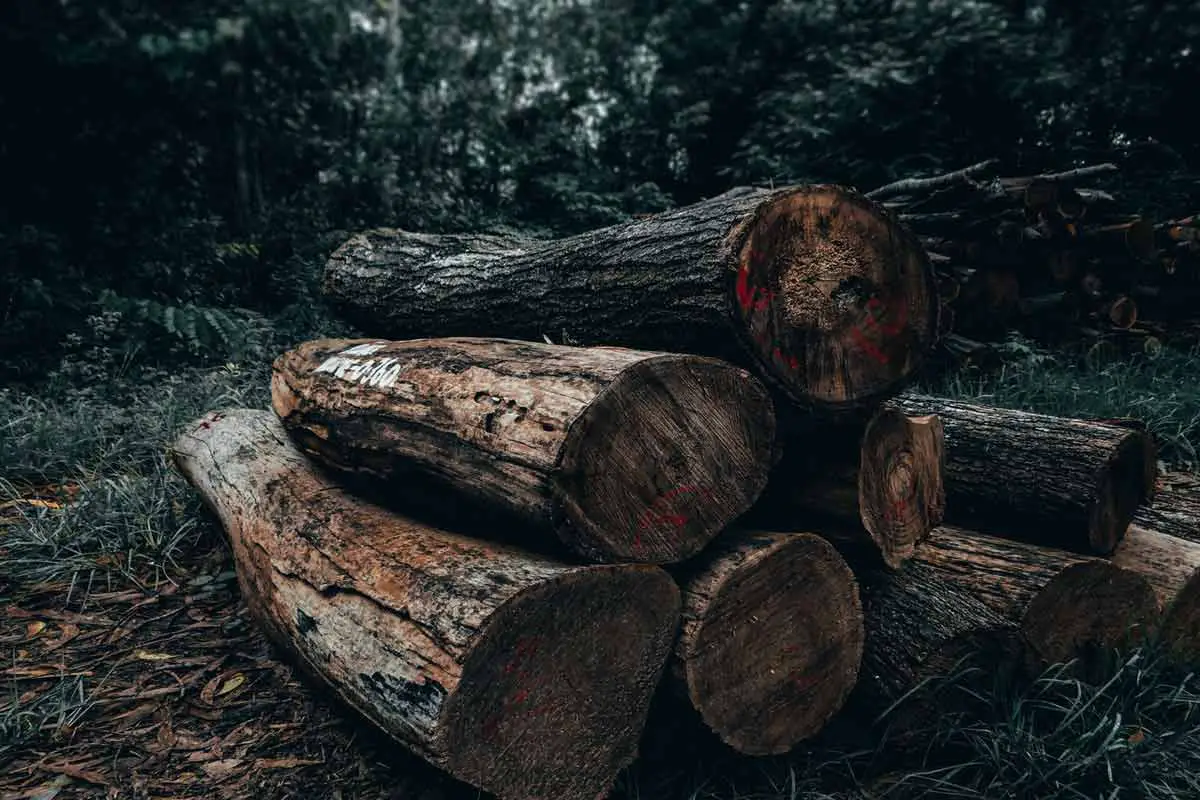
The major forest products are wood products. The common products made out of timber at your house would be:
8. Wood raw material
Solid wood is used as one of the major raw materials in construction, especially in developing countries. It is also known as Roundwood, which is commonly used for commercial fuel. We have enough evidence on how important wood is for the energy sector.
China is the biggest importer of wood logs from Europe. The main exporters of wood are New Zealand and Russia. Canada and the US are the main producers of wood.
9. Swan softwood
According to FAO, the consumption of swan softwood increased by 4.2 percent in North America and by 2.7 percent in Europe in just the year 2014.
Swan softwoods are one of the major industrial products used in real estate and construction.
10. Swan hardwood
Swan hardwood is mainly used in flooring, millwork, furniture, cabinets and pallets.
Their demand is on the rise from over a decade due to highest quality and use in trendy designs and fashion.
Swan hardwood lumber is more expensive than any other alternatives in forest products industry.
Many people demand trendy hardwood designs during renovations. Oak tree is popular in the flooring and furniture industry.
11. Wood based panels
The demand for wood panels is also on the rise in recent years and it is expected to rise further. The demand for practice boards is very high in Turkey, Germany and Italy.
The demand for fiberboards is also high.
Laminated flooring and furniture are the main uses of Fiber-wood. In Germany, the UK and Italy; the consumption of plywood is very high.
The main use of that is in furniture, construction and packaging.
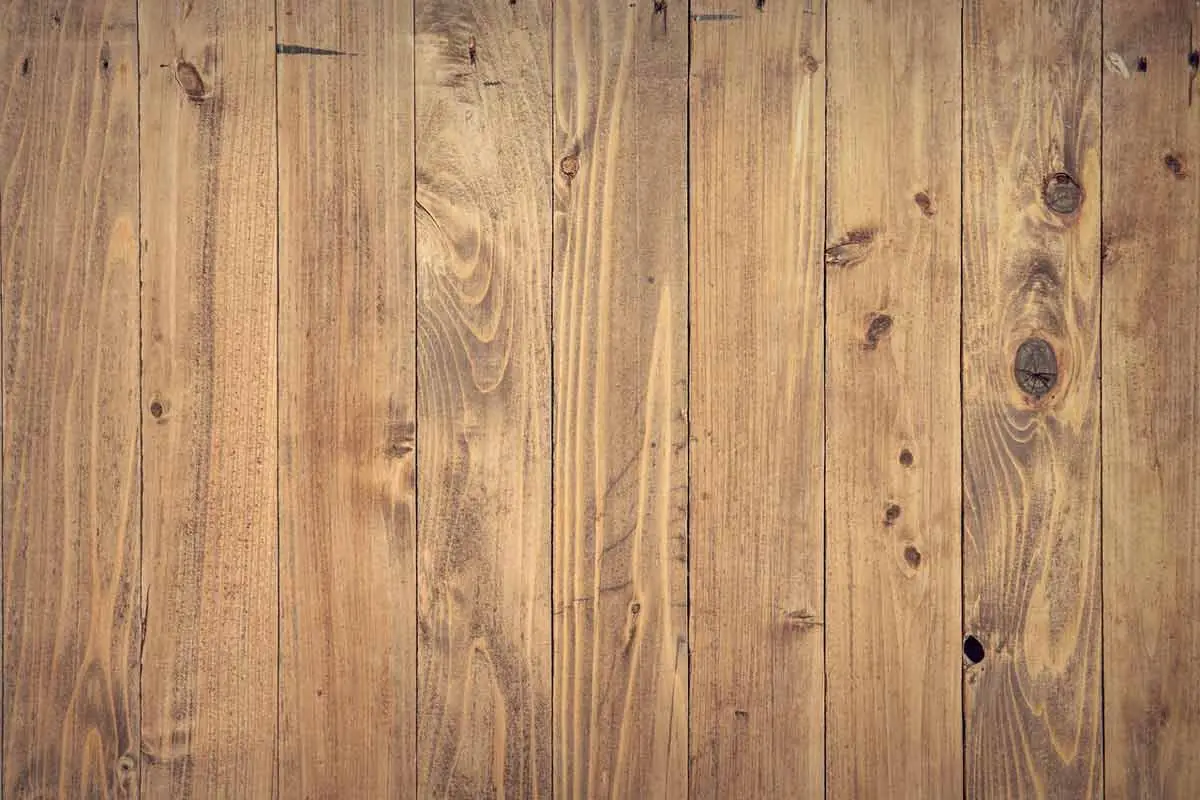
These types of wood products are often referred to as panel products. A sawmill is used by manufacturers to produce them.
12. Paperboard, Paper and Wood Pulp
The production of paperboard and paper has faced mixed receptions in the past years. Due to the reduced distribution of newspapers with the advancement of the internet, the production for newsprint has gone down.
However, the production of paper and paperboard is expected to experience growth whereas the demand is expected to stay the same in near future.
The use of paper, wood pulp and paperboard is wide and ranges from home application to commercial application. Household tissue papers are the most used paper products in every household. The toilet papers one person uses in his lifetime are sourced from 384 trees.
13. Rubber
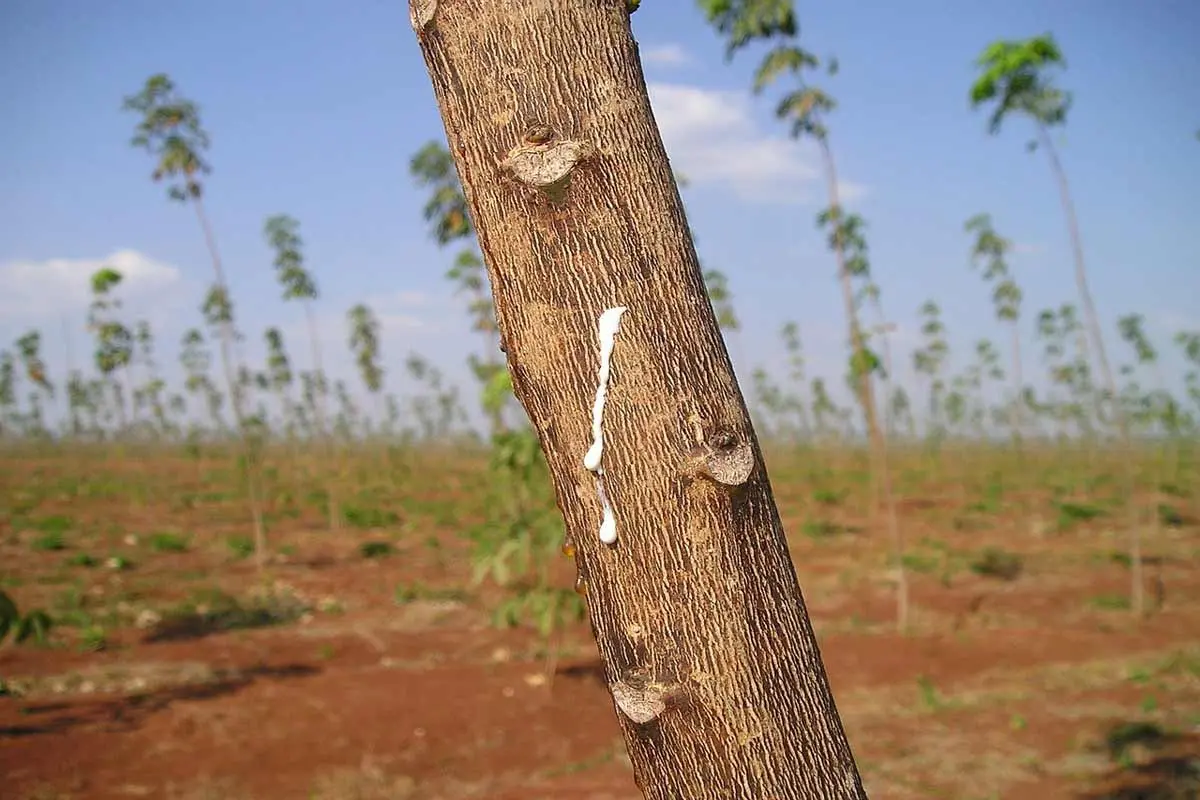
There are at least 200 tree species in the world that produce latex. Among these rubber tree species, the Para Rubber tree (Hevea Brasiliensis) is the most common producer of natural rubber latex. Latex is the most common source (99%) of natural rubber produced in the world.
On average, a single rubber tree has the ability to produce almost 10 pounds of rubber annually!
Rubber trees can generally be found in low-altitude forests with moist environments like the Amazon Rainforests, wetlands and riparian zones.
14. Balsa Wood
Balsa wood comes from Balsa tree called Ochroma Pyramidale hichwhich is found in South America and Mexico. This is a fast growing tree reaching heights up to 30 meters.
Major production of Balsa wood is in Ecuador where this tree is grown in commercial plantations with 1000 to 2000 trees per hectare and the wood is harvested after six to ten years depending upon the end product.
Although Balsa wood is being used since ages, it’s main claim to fame comes from the 1947 expedition of Thor Heyerdahl who sailed across the Pacific Ocean from Peru in South America to Polynesia in ‘Kontiki’ ,a raft made from balsa wood logs lashed together with ropes.
In fact, the word balsa is derived from raft in Spanish.
Balsa wood is also used in making of blades in wind turbines, model Aircraft (balsa gliders) and sports gear such as table tennis bats and surfing boards because of its lightweight low-density characteristic.
Other Forest Products and their Uses
15. Medical and dietary supplements
Medicinal and dietary supplements are understandably considered to be very valuable and have a large segment derived from non-timber products. Europe is the largest consumer of herbal medicines. The top three markets of medical products and supplements are Europe, Germany and Italy.
After Europe; Asia and Japan are the second largest consumers of herbal products. The popular plants harvested for medical purposes are Gensend, Mayapple, Goldenseal and Hawthorne.
16. Rattan, Cane and Raffia
Due to the ban on plastic bags, the attention is shifting to other alternatives such as baskets which are processed from reeds.
Other products which are made of raw materials sourced by forests are purses, mats, traps and small furniture.

Wicker weaving is the process of making furniture out of Rattan, cane or Reeds. Rattan is basically the thin, flexible stems sourced from old world climbing palm trees.
Raffia is a strong and durable, soft and pliable, and ‘easy to dye’ material used in weaving baskets, mats, rugs or setting up floral arrangements.
17. Fuel Wood
In many places (especially off-grid), the cheapest and readily available form of fuel is wood. Communities which are living around the forests usually collect branches, fallen limbs and dead trees from the forests.
In many cases, people use these fallen trees as fuel for cooking food and whatnot. Mulch is often bought for use in pellet stoves.
